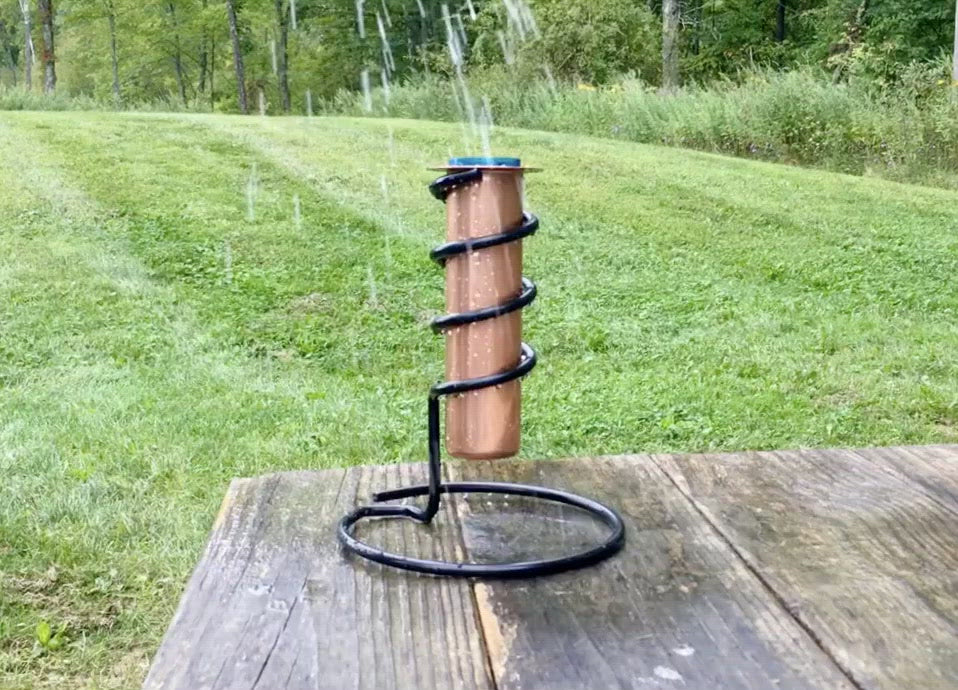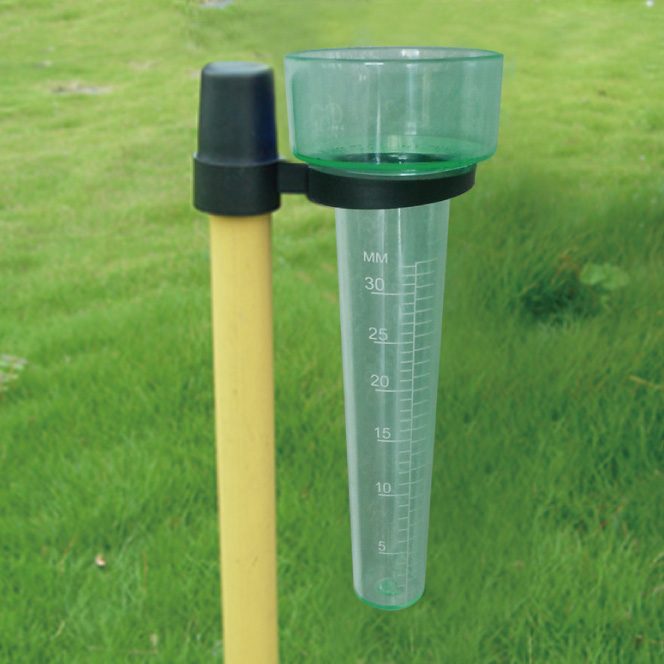Recognizing The Rain Gauge: Value, Types, and Use Explained
Recognizing The Rain Gauge: Value, Types, and Use Explained
Blog Article
Just How to Select the Right Rain Gauge for Accurate Rainfall Data
To obtain reliable dimensions, it is important to pick the ideal rain scale. Thinking about aspects such as place, type, and precision of the rain scale will help ensure precise data collection. Additionally, understanding the maintenance and calibration treatments will add to the durability and dependability of your rain scale.
Significance of Choosing the Right Rainfall Gauge
The value of picking the ideal rain gauge exists in obtaining specific and dependable rains data for exact meteorological evaluation. Rain information is crucial for a large range of applications, consisting of climate forecasting, hydrological modeling, and climate research. Unreliable or unreliable data can cause incorrect conclusions and flawed decision-making procedures.

Secondly, the accuracy and accuracy of the rainfall gauge are vital. The gauge needs to have the ability to determine rains with high accuracy, catching even little quantities of precipitation accurately. It should additionally minimize mistakes because of dissipation, wind, and other ecological variables. Regular calibration and upkeep are necessary to guarantee continuous precision.
Moreover, the place and installment of the rain scale are important considerations. It ought to be positioned in an open location, away from obstructions that could influence rains measurements. The scale should be placed at an appropriate elevation and angle to prevent splashing and ensure proper catchment of rain.
Variables to Think About When Selecting a Rainfall Scale
When selecting a rainfall gauge, there are a number of crucial factors to consider. There are different types available, including standard rain assesses, tipping bucket rainfall assesses, and evaluating rain determines.
One more factor to think about is the material of the rain gauge. Rainfall assesses can be constructed from different products, such as plastic, metal, or glass. The product selected should be immune and resilient to climate condition, making sure that the rainfall gauge will endure the components and provide accurate measurements over time.
Accuracy is likewise an important aspect to think about. Seek rain evaluates that have been calibrated and examined for accuracy. Functions such as anti-splash rings and funnels can additionally improve the accuracy of the measurements.

Lastly, consider the climate and atmosphere in which the rainfall gauge will be made use of. Different rain gauges are ideal for various environments, so it is very important to pick one that is ideal for the conditions in your location.
Different Sorts Of Rain Evaluates Available
To even more explore the variables to take into consideration when choosing a rain scale, it is very important to comprehend the various kinds of rain gauges offered. There are several sorts of rainfall assesses, each with its very own benefits and negative aspects. The most typical type is the standard rain gauge, additionally known as the round rainfall scale. This kind is composed of a straight-sided round container with a funnel-shaped top. It is straightforward to use and supplies precise measurements of rainfall.
An additional sort of rain gauge is the tipping bucket rainfall gauge. This scale utilizes a seesaw-like device to collect and measure rainfall. As the rain comes under the scale, it fills out one side of the bucket, creating it to clear the water and tip. The number of tips is counted digitally to establish the quantity of rainfall. Tipping bucket rainfall assesses are popular for their accuracy and capacity to gauge rains intensity.
A 3rd sort of rain scale is the considering rain gauge. This gauge makes use of an equilibrium system to gauge the weight of the gathered rains. As the rainfall comes under the gauge, it is accumulated in a container connected to an equilibrium. The weight of the water is gauged, and the rainfall quantity is calculated based on the weight. Considering rain evaluates are extremely exact but can be extra expensive and require regular maintenance.
Finally, there are likewise remote rainfall evaluates that usage advanced technology to gauge rainfall (The Rain Gauge). These gauges usage sensors and transmitters to send out data wirelessly to a central unit. Remote rainfall gauges are hassle-free for monitoring rainfall in hard-to-reach locations or for massive data collection
How to Establish the Accuracy of a Rain Scale
One method to examine the precision of a rainfall scale is by performing routine calibration dimensions. Calibration entails comparing the analyses of a rainfall scale to a basic measurement, such as a licensed rain gauge or a weather terminal with high precision. By comparing the measurements, any discrepancies or mistakes in the rain gauge can be recognized and made up.
To carry out a calibration dimension, beginning by gathering rainfall information from both the rain gauge and the typical measurement device over a details amount of time, such as a month. After that, contrast the analyses and calculate the distinction between them. This distinction is called the calibration mistake.
It is essential to keep in mind that calibration dimensions ought to be performed consistently, as ecological variables, such as particles, temperature level, and wind, can influence the precision of the rainfall gauge in time. By conducting normal calibrations, any modifications in the accuracy of the rain scale can be identified and adjustments can be made accordingly.
Along with calibration, it is likewise advised to tidy and keep the rainfall scale consistently to ensure basics its accuracy. Remove any particles or blockages that might influence the accuracy of the dimensions, and inspect for any kind of indications of damages or wear that may require fixings or substitute.
Tips for Preserving and Calibrating Your Rain Gauge
Regular upkeep and calibration are essential for making sure the precision and reliability of your rain gauge in measuring rains data (The Rain Gauge). By following a couple of basic pointers, you can make sure that your rainfall scale is appropriately kept and calibrated
First of all, it is very important to clean your rainfall gauge consistently to avoid any type of particles or dust from obstructing the rainfall collection system. Use a mild detergent and a soft brush to gently cleanse the inside and beyond the gauge. Wash it extensively with tidy water and allow it to dry totally prior to re-installing it.
Second of all, it is advised to calibrate your rainfall scale at the very least yearly. Calibration includes contrasting the dimensions of your rain gauge with those of a relied on and precise referral gauge. This will certainly aid you determine and remedy any kind of potential errors in your rain gauge's dimensions.
To adjust your rainfall gauge, accumulate a well-known volume of water utilizing a determining container and compare it with the dimensions taped by your rainfall scale. Change the readings accordingly to make sure accuracy.

Verdict
In final thought, selecting the best rain scale is vital for getting accurate rains data. Variables such as objective, spending plan, and location ought to be thought about when picking a rain scale.
There are various kinds offered, consisting of common rain determines, tipping bucket rain evaluates, and evaluating rainfall determines.To better discover the aspects to take into consideration when picking a rain scale, it is important to understand the different kinds of rain gauges offered. The most usual kind is the common rain go to the website gauge, also known as the cylindrical rain scale.One more kind of rain scale is the tipping pail rain scale. Calibration includes contrasting the analyses of a rain scale to a conventional dimension, such as a qualified rainfall scale or a weather station Check Out Your URL with high precision.
Report this page